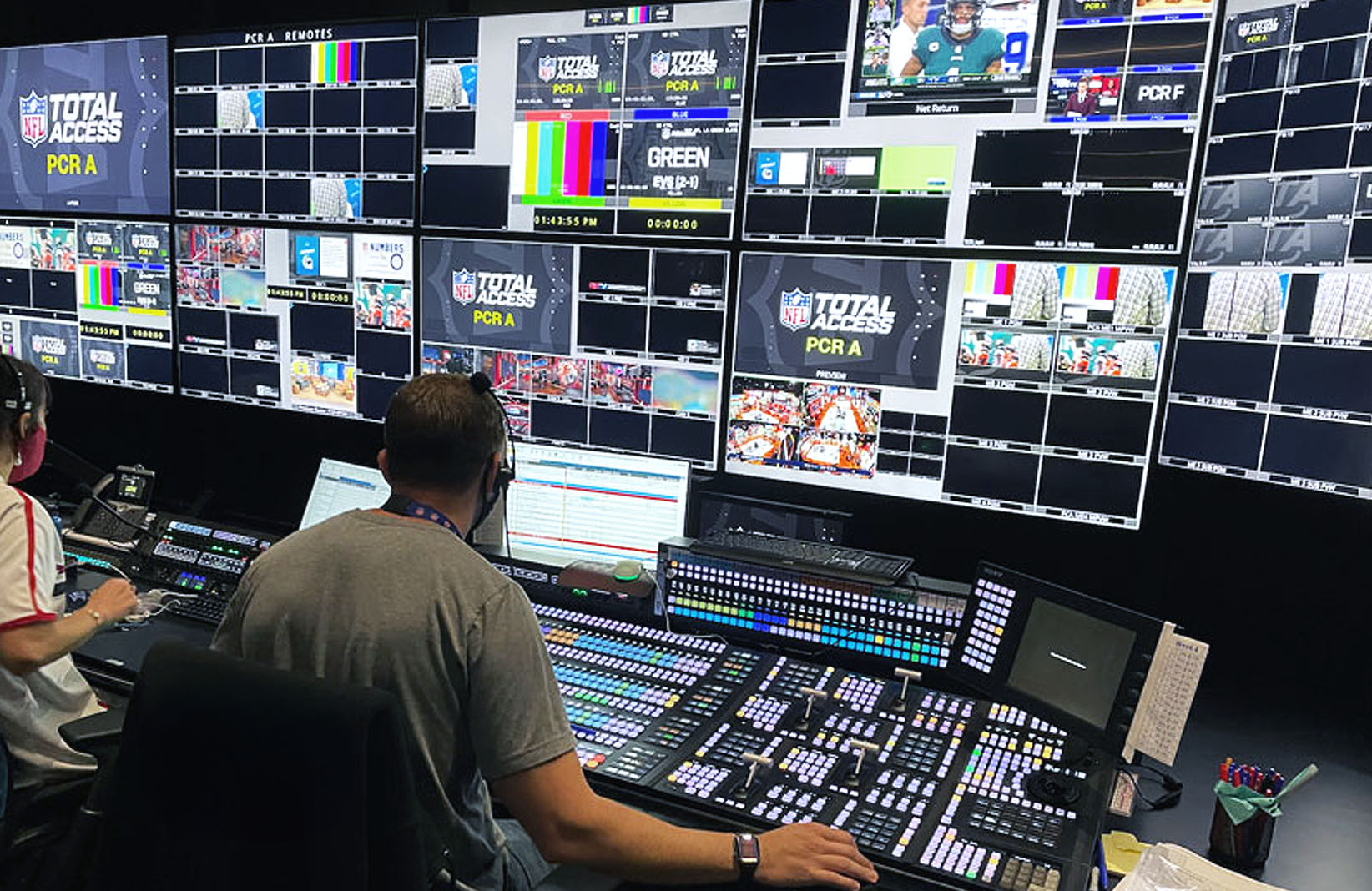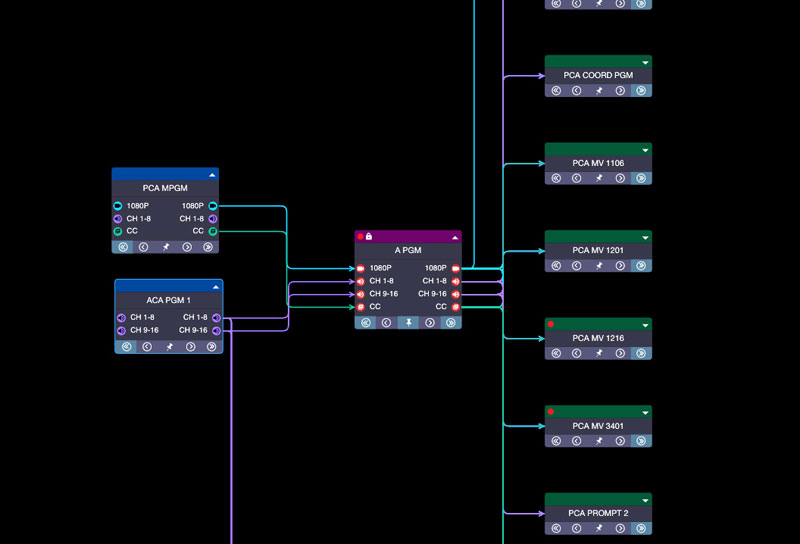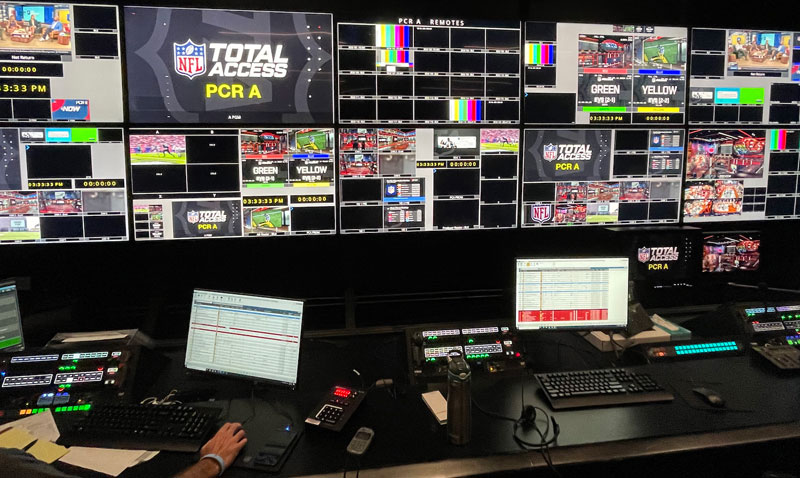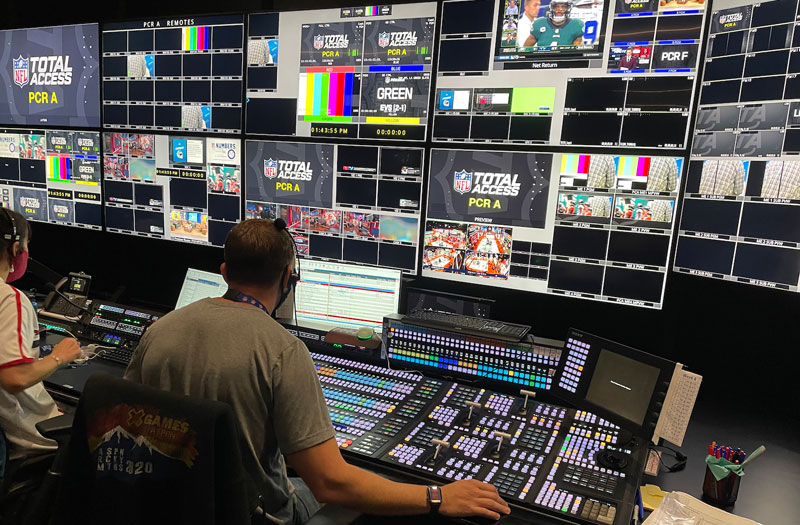*The article below originally appeared on digitalmediaworld.com.
Charley Haggarty is Broadcast Infrastructure Architect ST 2110 at the NFL Network. He joined the broadcast industry about 10 years ago, working first for Pac-12 Networks in San Francisco, where he and his team pioneered the idea of at-home production over IP networks for live sports. “We built a WAN between the 12 Pac-12 universities, so we only sent cameras and microphones – and talent! – to the site. We produced 850 live events this way from our offices in San Francisco,” he said.
Then in 2016, he met Bruce Goldfeder, VP of Broadcast Engineering for the NFL, who had set the goal to migrate the entire network’s production facility to SMPTE ST 2110 IP. Charley joined the NFL Network in 2017, and rapidly became an expert in just about anything related to ST 2110.





